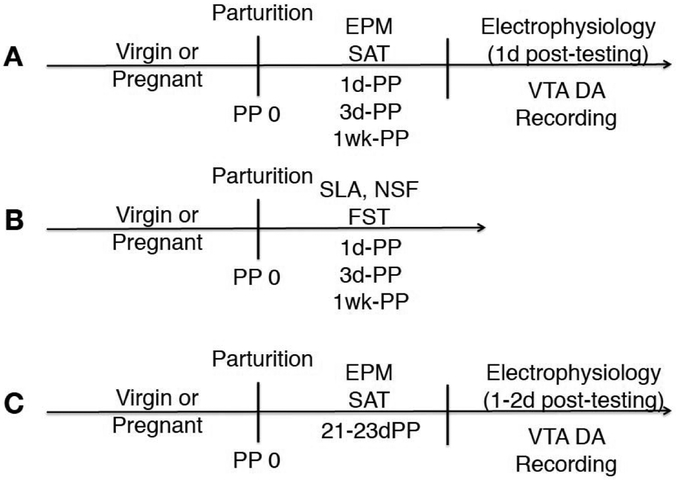Figure 1. Timeline and experimental design.
A) Virgin or early postpartum female rats at different timepoints (1d-PP, 3d-PP, 1wk-PP) were tested for anxiety-like and social behavior in the elevated plus maze (EPM) and the three-chambered social approach test (SAT), respectively (n=9-16 per group). In vivo extracellular recordings of VTA DA neurons were conducted 1-day post-behavioral testing using an acute anesthetized preparation in the same cohort of rats used for behavior to evaluate: number of spontaneously active DA cells per track (i.e. population activity), firing rate and burst firing (n=8-12 per group). B) A separate cohort of virgin and early postpartum female rats was tested for spontaneous locomotor activity (SLA), novelty suppressed feeding (NSF) and in the forced swim test (FST) (n=6-9 per group). C)To determine whether any observed effects were specific to the early postpartum period, a separate cohort of animals consisting of virgins and late postpartum females (21-23d-PP), which were still kept with their litter, were tested in the EPM and SAT, followed by VTA recordings 1-2 days post-behavioral testing (n=8-12 per group).

